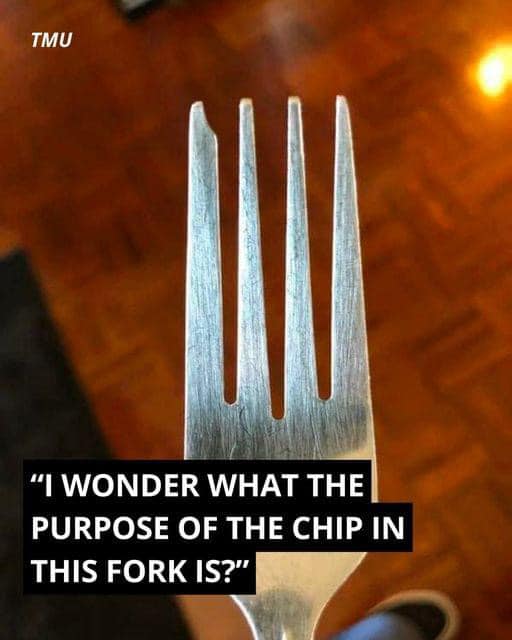ADVERTISEMENT
A Tradition in Table Etiquette
The cake fork’s unique design isn’t just practical; it’s also steeped in tradition. Originating in the 19th century, cake forks were created during a time when afternoon tea was a social event with strict etiquette. Having a special fork designed for cakes was a way to keep dessert eating refined and tidy.
The notch helps prevent the dessert from slipping off the fork, making it easier to enjoy pastries without mess or fuss. This thoughtful design element reflects the care and attention given to dining customs during that era.
Modern Use and Variety
Today, cake forks come in various styles—from classic silver to contemporary designs—but most retain the signature notch or widened tine. Whether you’re at a formal gathering, a wedding, or just enjoying a slice of birthday cake at home, this little fork detail continues to enhance the dessert experience.
Next Time You Pick Up a Cake Fork…
The next time you find yourself enjoying a slice of cake with a cake fork, take a closer look at that tiny notch. It’s a clever piece of design with a practical function and a link to culinary tradition. So, whether you’re cutting through a rich chocolate layer cake or a delicate fruit tart, that small notch is there to help—and to remind you that even the smallest details in our dining experience can have a story worth knowing.
Would you like me to add a bit about how to properly use a cake fork, or keep it more historical and practical?
